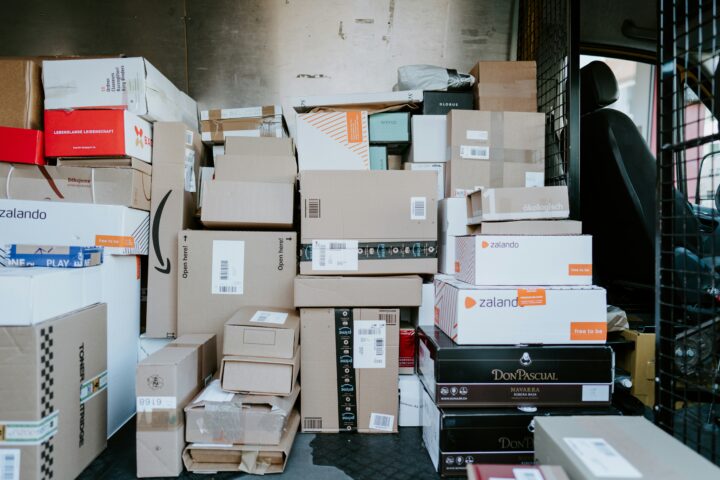
How to prevent and avoid seasonal office sickness spreading and negatively impacting employee productivity in your small business
It comes every year without fail: cold and flu season. Sickness passes from employee to employee, and before you know it, half of your workforce is down for the count. While you might be tempted to blame weak immune systems, it’s more likely that you and your employees are unintentionally spreading viruses and bacteria through a few bad habits.
So what can be done?
Well, whether it’s the yearly office plague or a national epidemic, an ounce of prevention is worth a pound of cure. Here are five things you can do to keep illness and misery from sweeping your office.
Watch a Video
One of the best ways to fight sickness in the office is to educate your employees on ways they can keep themselves and each other healthy. Rather than droning on while flipping through presentation slides, make the exercise as fun as possible. Break out the popcorn and candy, get everyone comfy, and watch some videos together.
Some topics to cover include:
- The proper way to cover coughs and sneezes
- The proper way to wash your hands, including around the fingernails and in between fingers
- When to wash your hands (before and after eating, after blowing your nose, coughing, sneezing, and using the restroom)
- How to sanitize surfaces
- Safe food handling
Throw in a couple fun YouTube videos between the educational stuff (or videos that are both fun and educational), and your employees will be sure to remember what they learned.
Sanitize!
There are tons of surfaces in an office that are germ-laden nightmares. While dirty toilet seats may come to mind, they’re nothing compared to microwave buttons, coffee pots, break room countertops, door handles, phones, and computer keyboards. You know, all the things employees touch multiple times a day (often while handling food and drink).
To help kill the disgusting petri dish of terrors that are these surfaces, place containers of sanitizing wipes in communal areas. Ask employees to wipe down their desktops, phones, and keyboards once a day. As for the breakroom, take that task on yourself to make sure it’s getting done. Sanitize all surfaces, buttons, handles, and switches at least once a day. Experts recommend doing so three times a day during cold and flu season, but that’s up to you.
Beyond surfaces and such, make sure employees are regularly washing their mugs, glasses, dishes, and utensils with with hot, soapy water daily. Encourage them to eat in the break room (eating at their desks invites bacterial growth) and to keep common areas clean.
Invest In Proper Filters
While the cold and flu are certainly nasty, they aren’t the only health issues you’ll need to battle on a daily basis. Employees with allergies, asthma, and other respiratory conditions are particularly sensitive to irritants like dust and pollen that settle in curtains, rugs, carpeting, and soft furniture. Some can even be found on hard surfaces like tables and countertops.
The best way to eliminate these allergens is by installing high-efficiency particulate air (HEPA) filters in your ventilation system. HEPA filters remove over 99.97 percent of particles .3 microns in size from the air. When combined with the use of a HEPA filter-equipped vacuum, you’re bound to see significantly higher air quality in your office.
Offer Flu Shots
During cold and flu season, the best preventive measure you can take to help employees avoid getting sick is to provide them with an opportunity to get a flu shot. Many insurance companies offer onsite flu shot clinics, making it easier than ever for your workers to take care of their health. Since employees don’t have to pay to see their doctor or take time out of their day to drive to the pharmacy, participation in these clinics is often very high.
Let Employees Work From Home
According to a survey from Staples, 79 percent of employees admit they went to work while sick in the last year. That is a staggering — and super unhealthy — percentage.
The American work ethic (which, in and of itself, isn’t the healthiest thing) often encourages employees to push themselves well beyond their limits. They work when they’re overstressed, under the weather, and in desperate need of time off. Even offering paid sick leave isn’t enough. That same Staples survey found that 52 percent of employees will still work while ill because they feel it makes them appear “hardworking and committed.”
There are a few things you can do to combat presenteeism. First, add remote work to your benefits roster. Not only will allowing employees to work remotely save you money in the long run, it will also keep people from showing up to the office when they’re ill. Second, make it clear that you value your employees’ health and want them to take time off to recover when they’ve come down with something. Finally, remind your workers that coming to work when they have a cold or the flu can spread sickness to co-workers who are immunocompromised or have young children or elderly relatives at home.
Conclusion
No matter how hard we may try to prevent it, we all fall prey to some form of sickness eventually. However, by giving your employees the tools they need to kill germs and fight the flu, you can put an end to the next office outbreak before it starts. So get out there and get your prevention on. After all, cold and flu season is just around the corner.



